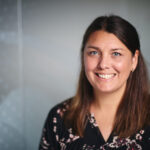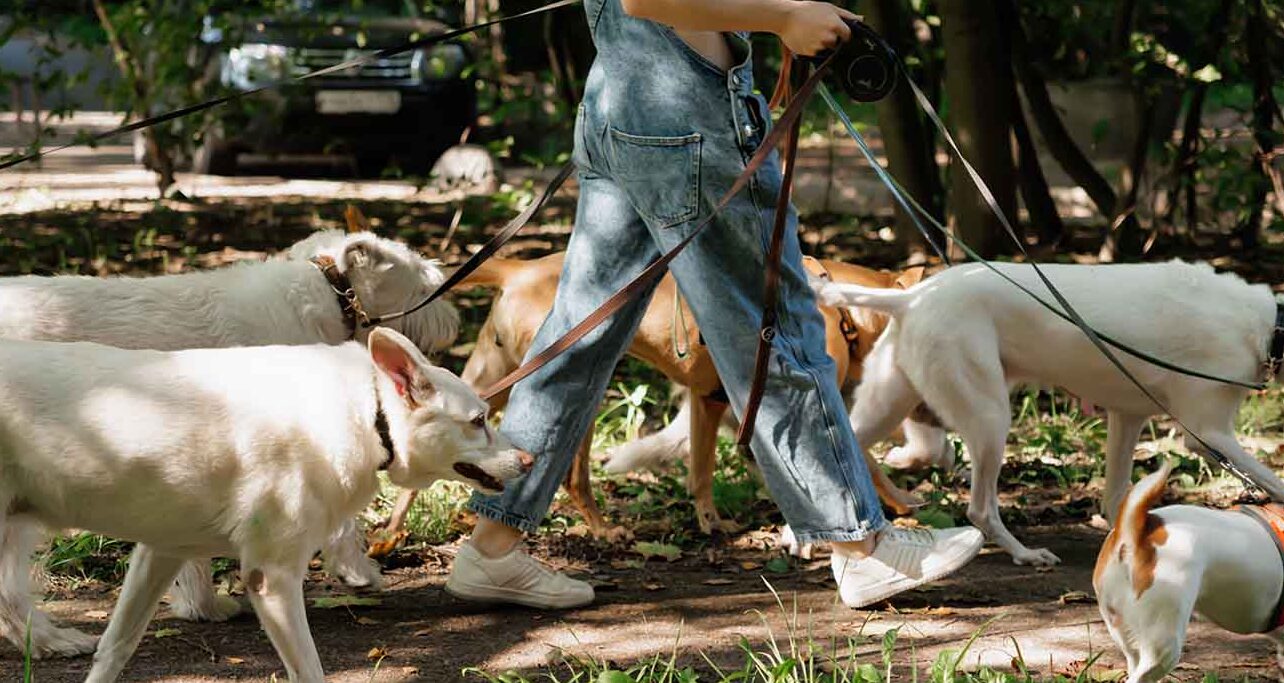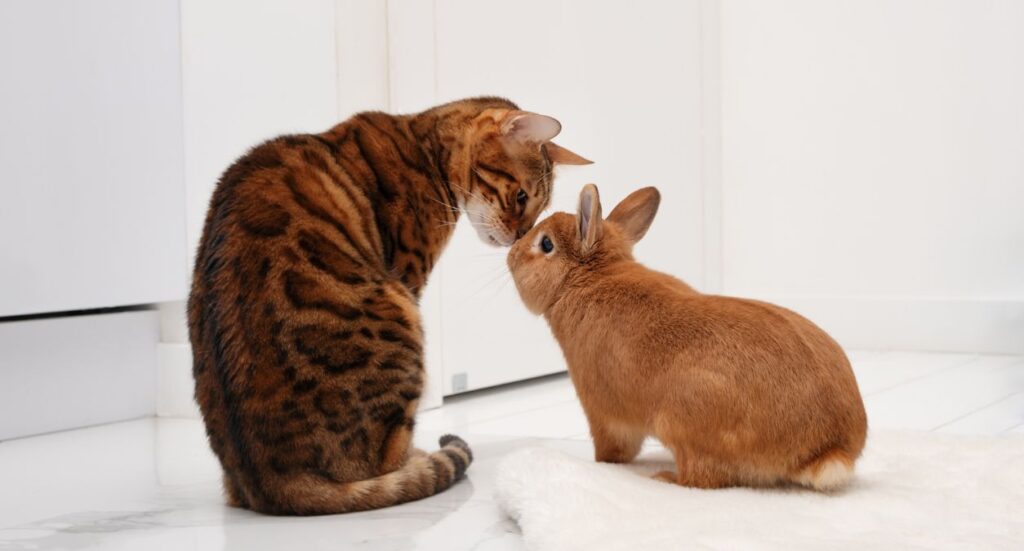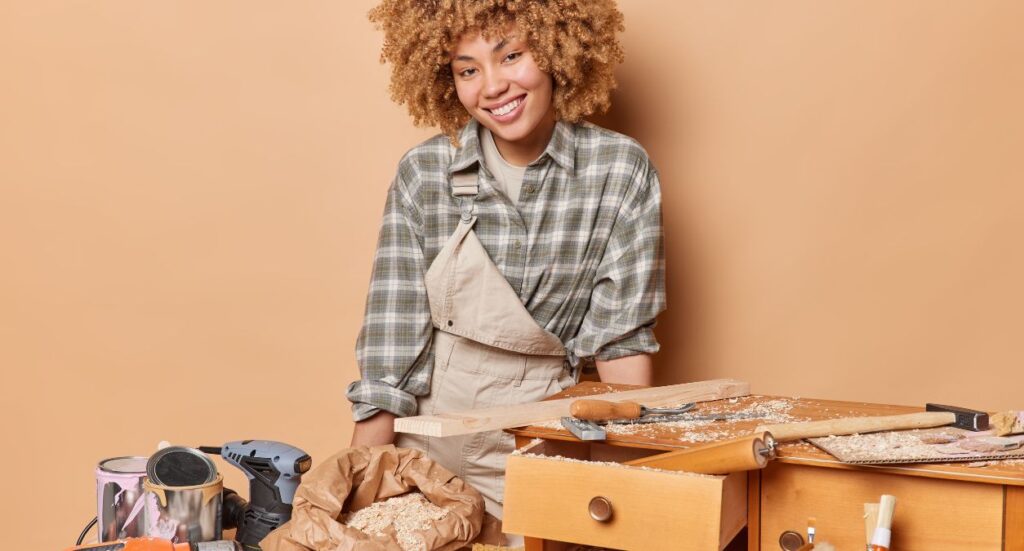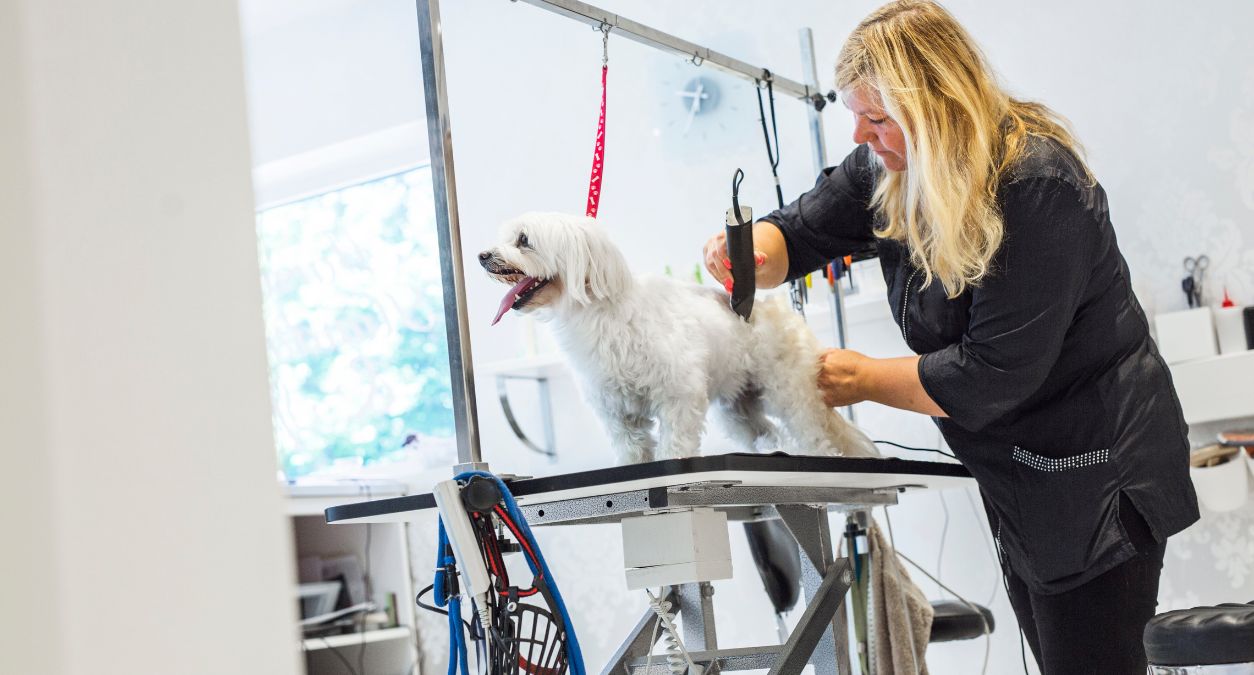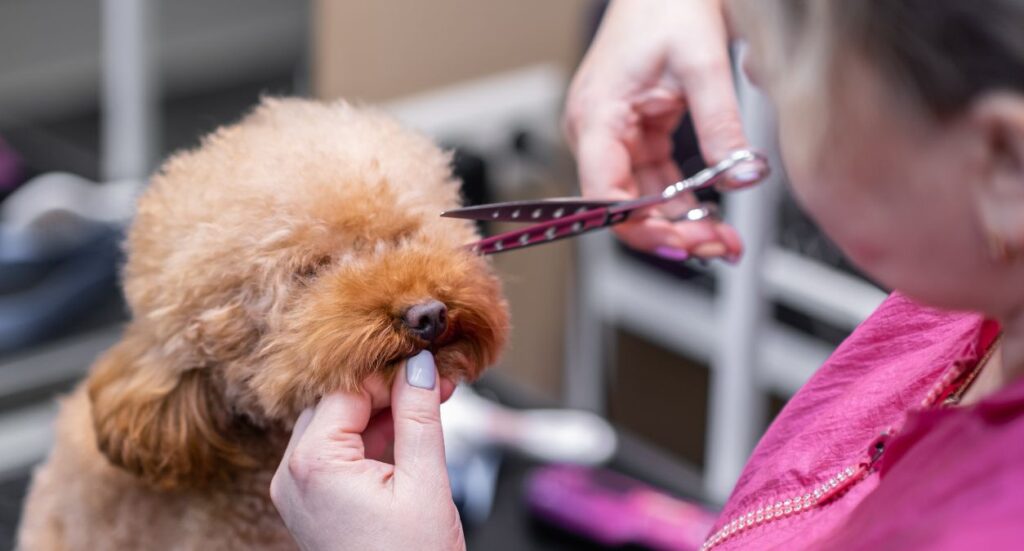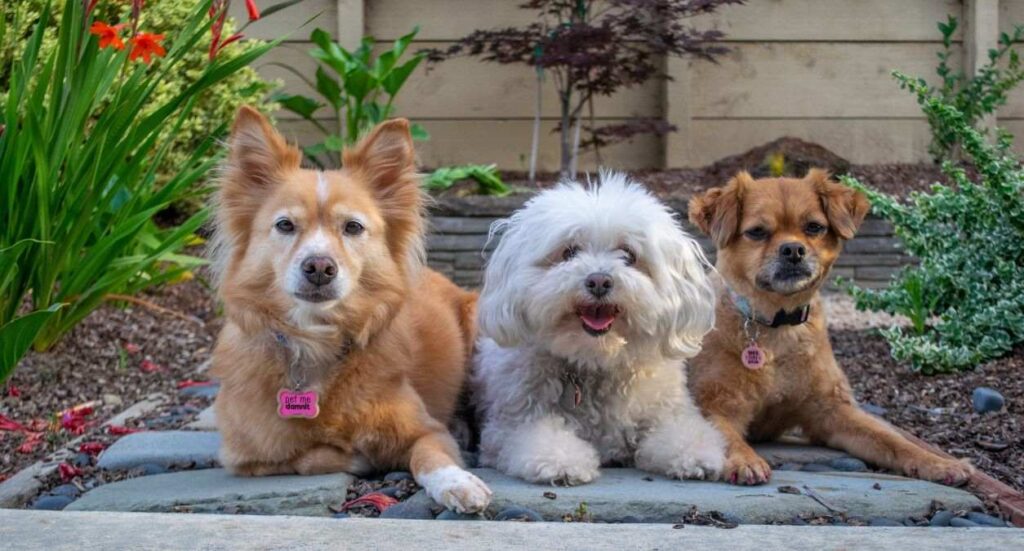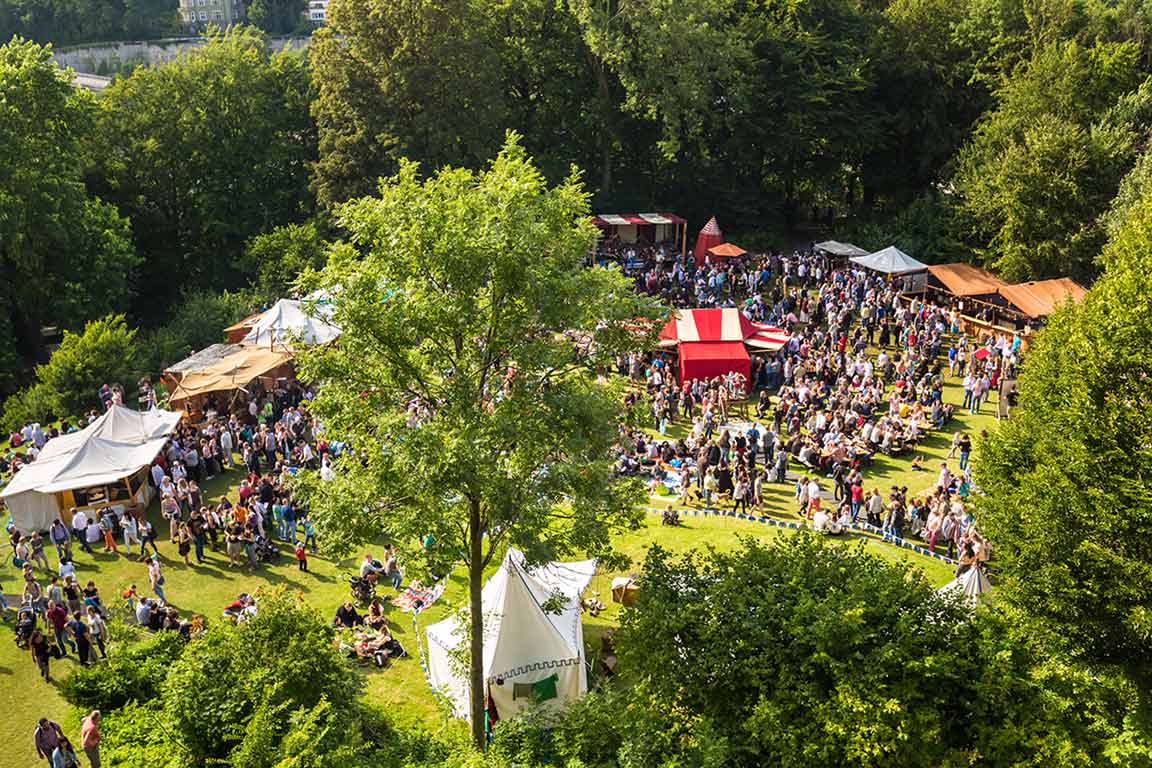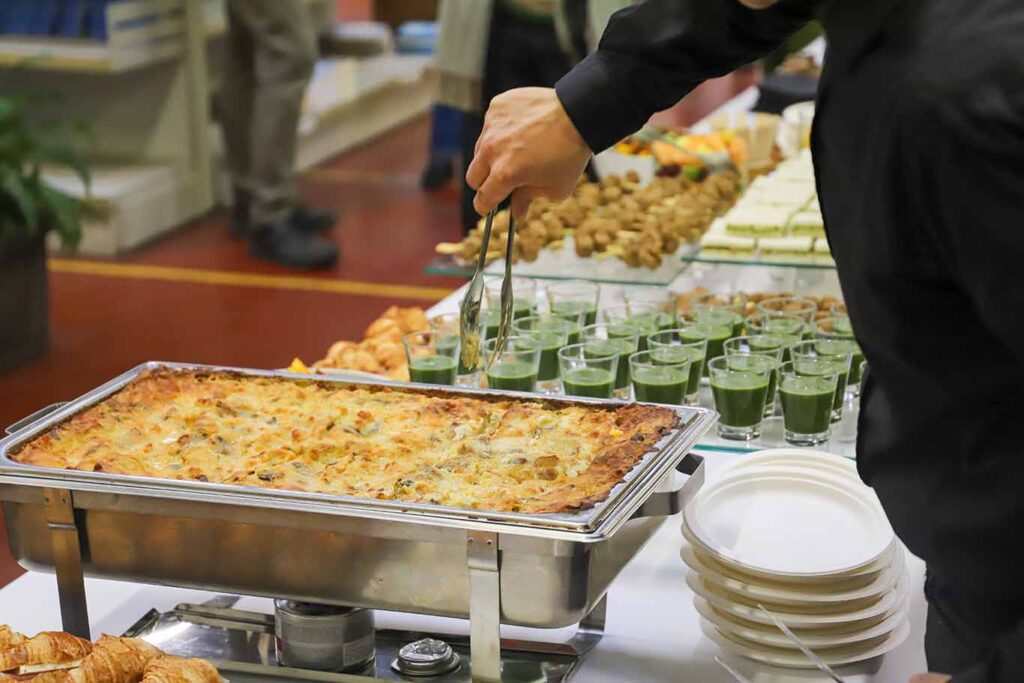Starting a small business is an exciting and ambitious step — but for many entrepreneurs, the first major hurdle is funding. Whether it’s buying equipment, building a website, or covering costs while you find your first customers, having access to the right finance can make all the difference.
Startup loans are a popular option, offering more than just capital. In fact, over 100,000 UK businesses have benefited from the government backed Start Up Loans scheme, with more than £1 billion lent since its launch. These loans can help you invest in essential tools, hire staff, and manage your cash flow as you grow, giving you the head start needed to build a sustainable business.
Beyond funding, many startup loans come with structured repayment plans, mentoring, and financial guidance to help you avoid common pitfalls and stay on track. Of course, financial protection doesn’t stop once the money’s in the bank. Even with a strong plan, challenges like supply chain issues, equipment failures, or customer disputes can threaten your progress. That’s why having the right business insurance is just as important, offering a safety net that helps you bounce back and keep operations running smoothly.
Looking into a startup loan for your business? We’ll cover how startup loans work in the UK, who offers them, the risks to be aware of, the impact of today’s economic climate, and what alternatives you might consider.
What are startup loans?

A startup loan is a type of personal loan aimed at new businesses. Unlike traditional business loans, which often require trading history and assets, startup loans are designed for businesses in their early stages, typically under two years old. They usually offer relatively low interest rates and come with additional perks like free mentoring or business advice.
These loans are often unsecured, meaning you won’t need to offer business assets as collateral. However, you may need to provide a personal guarantee, which means you’re personally liable if the business can’t repay the debt.
How to get a startup loan for your business
- Create a Business Plan: This should outline your goals, strategy, market, and how you plan to use the loan.
- Cash Flow Forecast: Lenders want to see how your business will earn and spend money.
- Check Eligibility: Are you over 18? Based in the UK? Trading for less than 2 years? These are basic requirements.
- Apply Online: Most providers, including the government backed Start Up Loans scheme, have online applications.
- Submit Documents: Be prepared with ID, proof of address, and financial documents.
Make sure your credit report is in good shape before you apply. While not the only factor, it can influence the outcome.
Best providers for startup loans in the UK
There are a number of options available, ranging from government initiatives to private lenders. Here are some of the top ones:
- Start Up Loans (British Business Bank): Offers up to £25,000 per founder, with 1-5 year repayment terms and a fixed interest rate of 6%. Comes with 12 months of free mentoring.
- Virgin StartUp: Partnered with the Start Up Loans scheme but also offers additional business support and access to the Virgin community.
- Funding Circle: Peer-to-peer lender that provides loans to small businesses with slightly more flexibility but higher rates.
- Fleximize & Esme Loans: Good for those slightly further along in their journey, with flexible repayment options.
Comparison at a glance:
Provider | Max Loan Amount | Interest Rate | Extras |
| Start Up Loans | £25,000 | 6% fixed | Free mentoring |
| Virgin StartUp | £25,000 | 6% fixed | Business advice, mentoring |
| Funding Circle | £500,000+ | Varies | Fast decisions |
| Fleximize | £500,000+ | Varies | Flexible terms |
Challenges in the current economic climate
We’d love to say the economic picture is all sunshine and roses, but let’s face it – it’s a bit grey and drizzly. For startups, navigating today’s environment comes with real hurdles that can impact your ability to secure funding or maintain healthy growth:
Higher interest rates
In an effort to curb inflation, the Bank of England has steadily increased base rates and that means borrowing is more expensive. Startup loans now come with higher monthly repayments, which can quickly eat into early-stage profits and cash flow, especially if you’re operating on slim margins.
Tighter lending criteria
Traditional lenders have become more cautious, meaning it’s harder for new businesses to qualify for funding. Without an established track record, startups often face more rigorous application processes, stricter credit checks, and a higher bar for approval.
Rising inflation
This doesn’t just affect consumer spending, it directly raises your costs too. From raw materials and supplier fees to rent and employee wages, nearly every business expense has increased. This puts pressure on margins and can slow down your growth trajectory.
Ongoing uncertainty
Between Brexit-related regulatory shifts, global conflicts, and lingering supply chain issues, unpredictability is the new norm. This volatility makes long-term planning harder, increases financial risk, and may influence lenders’ appetite to support new ventures.
Risks of taking out a startup loan

Startup loans can be a lifeline for getting your business off the ground, but like any financial commitment, they come with risks. It’s important to go in with eyes wide open:
Debt pressure
Repaying a loan on time every month is crucial, but not always easy. If your business takes longer than expected to become profitable, repayments can quickly become a source of stress, limiting your flexibility and putting pressure on day-to-day operations.
Personal liability
Some startup loans require a personal guarantee, meaning you’re personally responsible if the business can’t repay the debt. This could put your own assets, like savings or property, at risk if things don’t go according to plan.
Overestimating returns
Entrepreneurs are naturally optimistic, but it’s easy to overestimate how quickly revenue will grow. If you borrow based on projected income that doesn’t materialise, you could find yourself struggling to meet repayments or needing to borrow more to stay afloat.
Credit score impact
Missing loan payments or defaulting can hurt your personal credit rating, making it harder to borrow in the future, not just for your business, but for personal needs too. This can have long-term consequences for your financial flexibility.
Other ways to raise money for your business

Loans aren’t the only route to startup capital. Here are some alternatives:
- Bootstrapping: Using your own savings. Lean but risk-free (in terms of debt).
- Grants: Look for Innovate UK or local authority grants. They’re competitive but free money if you get them.
- Angel Investors: Individuals who invest for equity. Great if you need funding and mentorship.
- Venture Capital: Larger investments for high-growth potential businesses.
- Crowdfunding: Raise small amounts from lots of people online. Works best with a strong story or product.
- Friends & Family: Tread carefully! Mixing business with loved ones can get sticky.
- Invoice Financing: Borrow against unpaid invoices. Great for cash flow if you’re already trading.
Tips for managing startup finances responsibly
- Keep detailed financial records.
- Review your cash flow regularly.
- Set aside money for taxes.
- Don’t overspend on non-essentials in the early days.
- Build a buffer for unexpected costs.
In summary….
Startup loans can be a lifeline for UK entrepreneurs taking their first brave steps into the business world. They’re accessible, fairly priced, and often come with helpful extras. But they do come with strings attached, so it’s crucial to borrow wisely, understand the risks, and explore all your funding options.
Whether you go the loan route, pitch to investors, or hustle your way through bootstrapping, the key is solid planning, savvy budgeting, and a dash of resilience.
Get Small Business Insurance from Protectivity
*Disclaimer – This blog has been created as general information and should not be taken as advice. Make sure you have the correct level of insurance for your requirements and always review policy documentation. Information is factually accurate at the time of publishing but may have become out of date.
Last updated by





